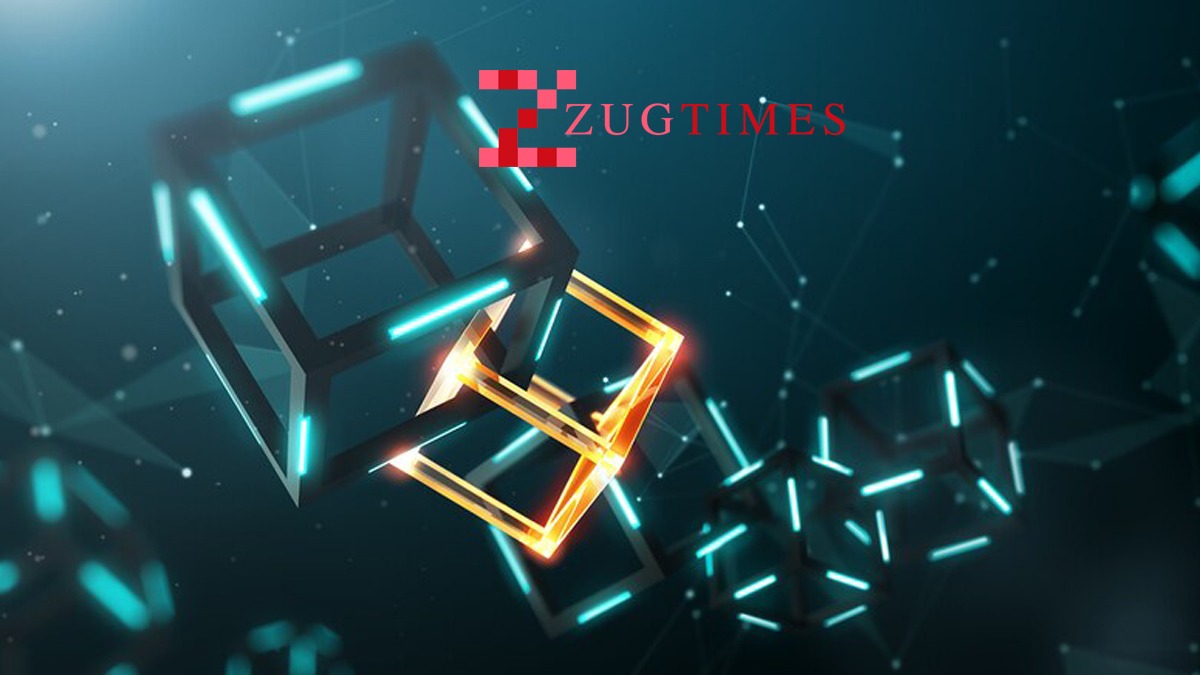Are Stablecoins the Ultimate Use Case for Blockchain?

Stablecoins, which are primarily tied to the US dollar, have established themselves as critical pillars in the evolving crypto ecosystem. They serve as a base currency on centralized exchanges and as a dollar substitute on decentralized exchanges (DEXes). An examination of the present state of the stablecoin market.
Centrally backed stablecoins are industry leaders in the stablecoin market because they provide scalable liquidity as well as high stability. However, decentralized alternatives are still being tested. The market cap of stablecoins has increased by 450% to $154 billion since January 2021, with Tether, Circle, and Binance accounting for more than 90% of all issued stablecoins. In this article, we look at the purpose of stablecoins, the various types and risks, and the current market state.
An Emerging Sub-sector
Stablecoins are cryptocurrencies that are linked to a non-volatile asset (like the US dollar). These cryptocurrencies address the crypto space's inherent volatility risks and enable more predictable transactions. Stablecoins have grown in popularity, as shown below.
The sharp decline in May 2022 is the result of the failure of UST, a stablecoin on the Terra blockchain, which also failed as a result. The demise of UST demonstrates that not all stablecoins are created equal, and each type has its own set of tradeoffs and risks. As a result, three types of stablecoins can be distinguished:
- Central-backed stablecoins
- Stablecoins with Collateral on Liabilities
- Algorithmic Stablecoins
Centralized and Decentralized Stablecoins
The dominance of fiat-backed stablecoins is due to the fact that stablecoins can be easily issued on the blockchain. The issuer receives deposits into a bank account and mints the corresponding amount on the chosen blockchain (Ethereum in most cases). The top three most popular issuers are Circle, Tether, and Binance, which account for ~98% of all fiat-backed stablecoins. Collateralised Debt Positioned (CDP) stablecoins differ from fiat-backed stablecoins in the following ways:
They are part of the blockchain (no physical bank account)
They are overcollateralised
They are backed by crypto assets (including fiat-backed stablecoins).
As previously mentioned, fiat-backed stablecoins work by depositing dollars into a bank account and spending the equivalent on the blockchain. Overcollateralized stablecoins (CDPs) are smart contracts that accept deposits on the blockchain and mint stablecoins that are smaller than the value of the deposited assets. The minted stablecoin is effectively a loan to the user and the deposits are the collateral used to take out that loan.
Algorithmic Stablecoins
Algorithmic stablecoins are a new concept that differs from the other two types of stablecoins. Algo stablecoins maintain their peg through algorithmic rewards or schemes rather than a reserve of assets. For example, "rebasing," in which stablecoin supply changes based on price, was an early technique for controlling retention. A lower price would result in less supply and vice versa. This mechanism, however, was unable to maintain stability over long periods of time.
Modern algorithmic stablecoins use a two-token model. A token is used to absorb the stablecoin's volatility. The volatile token is burned to generate stablecoin equivalent units, and vice versa. However, with current algorithmic stablecoin implementations, reliance on a volatile token to maintain tethering can be detrimental. Because when the stablecoin loses its peg, the governance token also loses trust and value. As a result, both coins rely on maintaining their value. Otherwise, both will get into a difficult situation, as has often happened.
The Stablecoin Trilemma
The blockchain industry is known for its trilemmas, and stablecoins are no different. The end goal for the "ideal" stablecoin is to be stable, scalable, and decentralized. So far, there has been no stablecoin that has met all these criteria. Fiat-backed stablecoins are scalable because they are as simple as depositing dollars into a bank account. They are also very stable as they are essentially backed one-for-one by the same dollars in the bank. However, they are clearly not decentralized. Only a few large regulated companies can issue such coins. Stablecoin issuers also have the ability to freeze those funds, preventing specific addresses from using those funds.
#algoritmicstablecoins #blockchain #busd #circle #Cryptocurrency #decentralizedexchange #decentralizedexchanges #dex #Ethereumblockchain #fiatbackedstablecoins #stablecoin #stablecoins #terra #Tether #ust #zugtimes
Zug Times
https://zugtimes.com/are-stablecoins-the-ultimate-use-case-for-blockchain